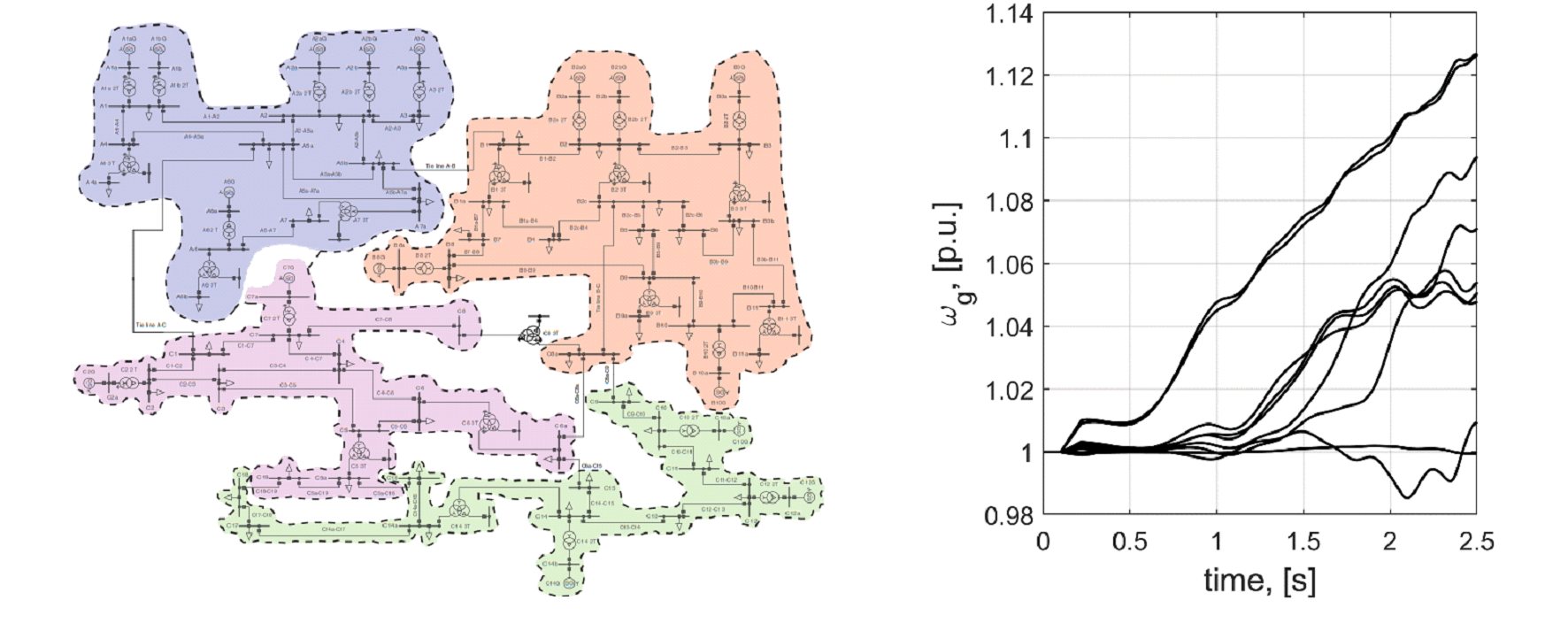Controlled Network Separation and Out-of-Step Protection

Large-scale blackouts in electric power systems worldwide have stimulated the new research about system integrity protection schemes (SIPS). One of the most important SIPS is controlled network separation, which is the action of last resort in case when an interconnected electric power grid loses synchronism. The existing controlled network separation schemes often operate on pre-determined sets of lines that can potentially be opened in case when a loss of synchronism is detected. Such a hard-wired strategy often results in high power imbalances and disruption of large power flows. With the increased volatility and low inertia characterizing the bulk renewable generation (i.e., wind and photovoltaics), more accurate and adaptive control actions will be required in the future to preserve the stability and safe security margins. Out-of-step protection can be considered as a part of a controlled network separation scheme that should differentiate between stable and unstable power swings in a real-time fashion and to separate the accelerating parts of the power system as soon as they lose stability. The reaction speed of out of step protection is very crucial as even small delays in separating the system can lead to unnecessary stresses on the equipment. Because of the described stringent speed and accuracy requirements on the controlled network separation, the use of phasor measurement units (PMUs) and high-speed communication links is highly desirable for collecting and analysing the power system data in real-time. Using the real-time data from PMUs, the goals of the project are to design an adaptive out-of-step protection solution and to contribute to adaptive controlled network splitting that is able to respect a wide range of power system operating constraints (e.g., load generation power balance, equipment operational limits, voltage stability, frequency stability etc.).